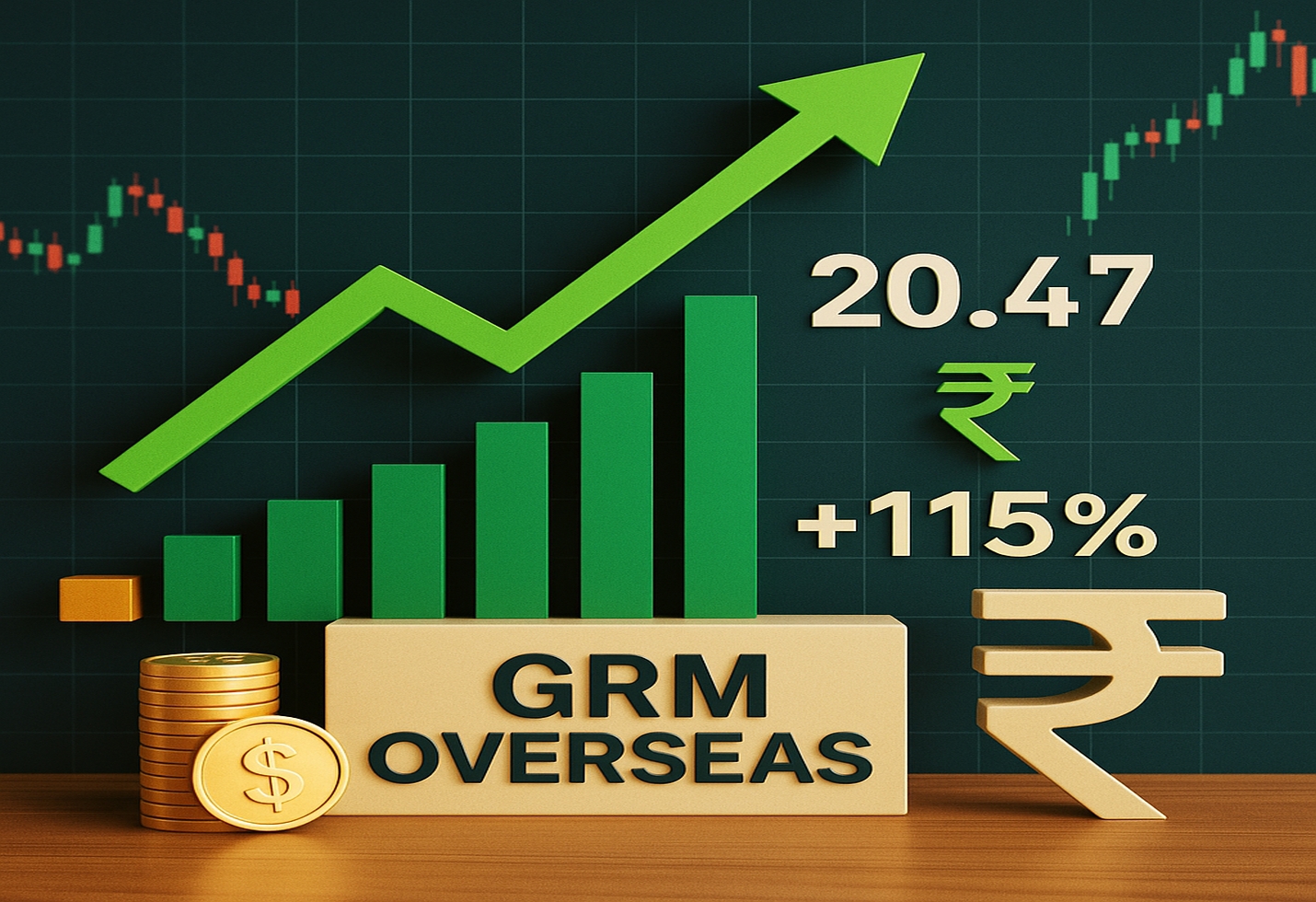Ather Speeds Ahead Despite Losses, Steel Sector Faces Cash Burn
Ather Energy posts robust revenue growth and market expansion in Q1 FY26, narrowing losses even as operational costs rise.
In contrast, steel companies continue to struggle with heavy losses amid challenging market conditions, showcasing diverging fortunes in India’s industrial landscape.
Electric Two-Wheeler Star: Ather Energy’s Resilient Growth
Ather Energy’s financial results for the quarter ending June 2025 highlight a strong performance. The Bengaluru-based electric vehicle maker posted a 79% year-on-year increase in operating revenue, reaching Rs 645 crore, supported by increased unit sales and expanding market share. Despite rising costs in components and employee benefits, the company narrowed its net losses by 3% to Rs 178 crore, showing signs of operational efficiency and stronger sales momentum.
In July, Ather sold more than 16,000 units, securing a national market share of about 15.8% while continuing to dominate the South Indian market with a strong 22.8% share.
Rapid expansion of retail experience centers and charging infrastructure underpins this growth, positioning Ather for continued gains amid a rapidly evolving EV ecosystem.
Contrasting Fortunes: Steel Sector’s Cash Drainage
While Ather Energy advances with innovation and growth, steel companies in India face ongoing financial stress. Steelmakers are grappling with rising raw material costs, excess production capacity, and volatile global demand, leading to persistent cash flow problems and shrinking profitability[industry context].
This divergence sharply highlights the changing dynamics within Indian industry, where technology-driven firms like Ather are capitalizing on new market trends, while traditional manufacturing sectors face headwinds from global economic uncertainties and structural challenges.
Financial Highlights: Ather Energy’s Q1 FY26 Breakthrough
• Revenue surged by 79% YoY to Rs 645 crore, driven by 46,000 units sold in Q1 FY26, nearly doubling volume compared to the year prior.
• Net loss narrowed marginally by 3% to Rs 178 crore, even with a 54% increase in overall expenditure, reflecting improved operational leverage.
• Employee benefits and raw material costs (notably battery components) increased sharply but were offset by scaling production and sales.
• Expanded retail footprint with 95 new Experience Centres nationwide raised the total count to 446, improving brand visibility and customer access.
• Non-vehicle income from services and accessories contributed 12% to overall revenue, aiding margin enhancement.
Stock Market Reaction and Outlook
Although operational metrics were strong, Ather Energy’s shares dropped 5% after the results, driven by profit booking and cautious investor sentiment over its high cash burn.
However, market analysts remain optimistic, citing the company’s robust R&D pipeline, operational agility, and strategic shift towards light rare earth magnets—reducing supply risks.
The company’s improved adjusted gross margin and EBITDA losses narrowing indicate a trajectory towards breakeven, with analysts projecting profitability by FY27 driven by product mix optimization and growing non-vehicle revenue streams.
Challenges Ahead: Managing Costs and Sustaining Growth
Ather Energy must navigate material cost inflation and scale operations effectively to sustain these gains. The steep increase in employee benefit expenses and depreciation underscores commitments to R&D, manufacturing capacity, and infrastructure development, essential for long-term competitiveness.
Balancing rapid growth with disciplined cost management will be crucial for the company as it aims to capture leadership in India’s fast-expanding electric two-wheeler market.
Conclusion: Divergent Paths — Ather Accelerates While Steel Sputters
Ather Energy’s latest financials reflect accelerated growth and strategic investments, translating into clear market leadership despite ongoing losses.
With the Indian EV sector poised for exponential growth, Ather’s performance offers a hopeful outlook on future profitability and innovation.
Conversely, the steel sector’s struggles reflect deeper cyclical and structural challenges that require significant adaptation and consolidation to restore profitability and cash flows. This stark contrast underscores the shifting industrial landscape within India’s economy, where new-age technology firms race ahead while legacy industries grapple with change.
The image added is for representation purposes only









